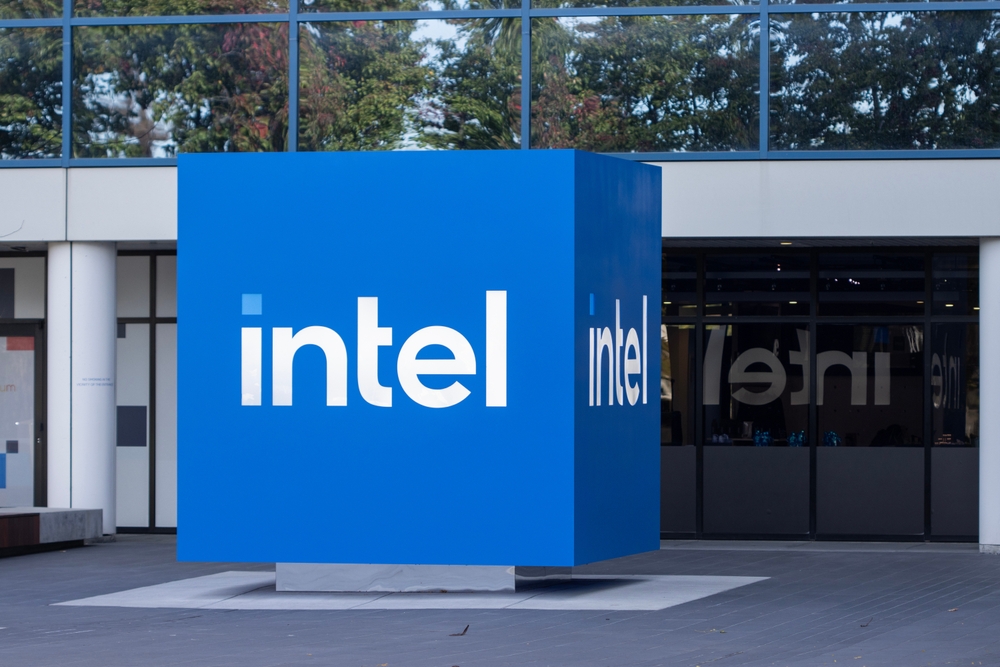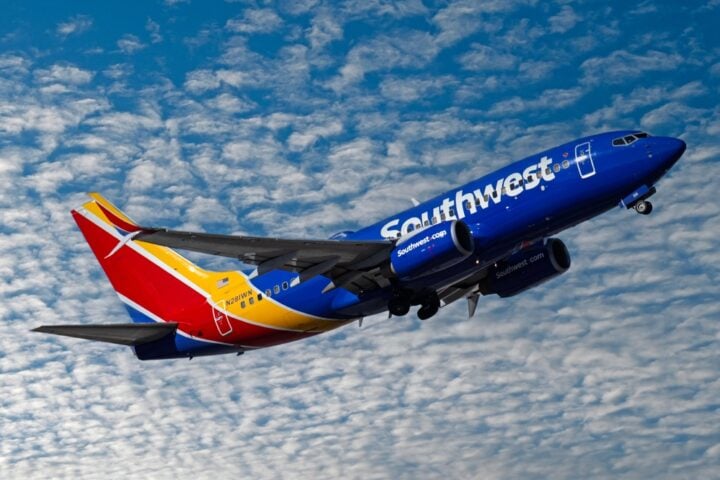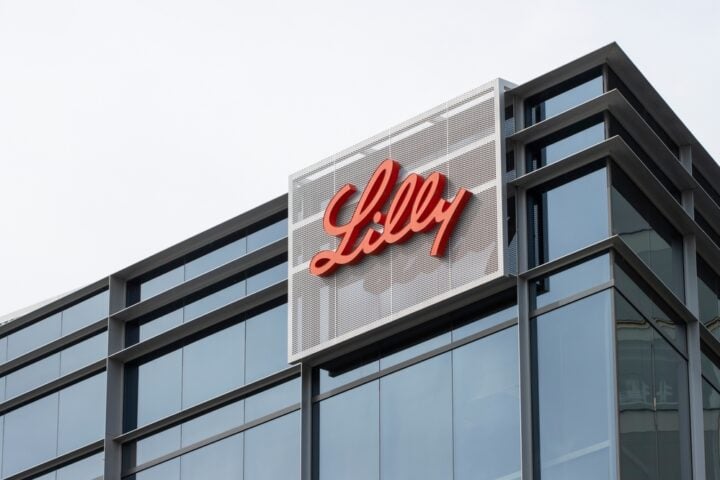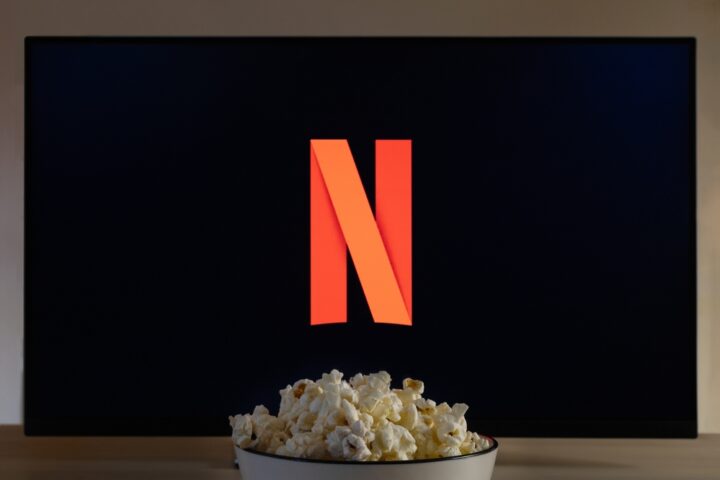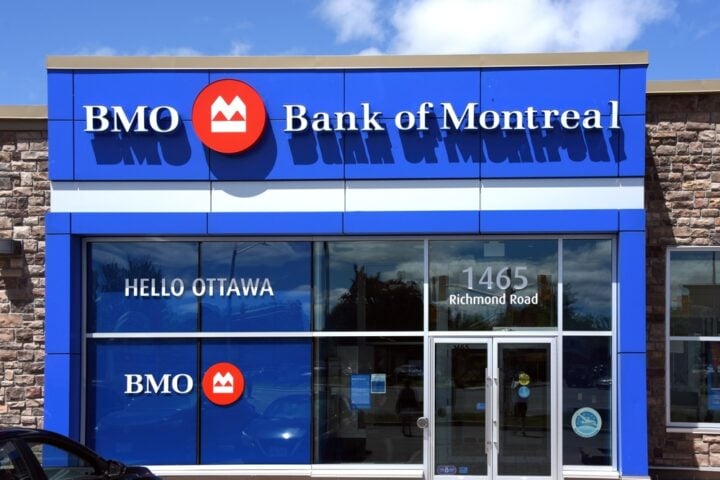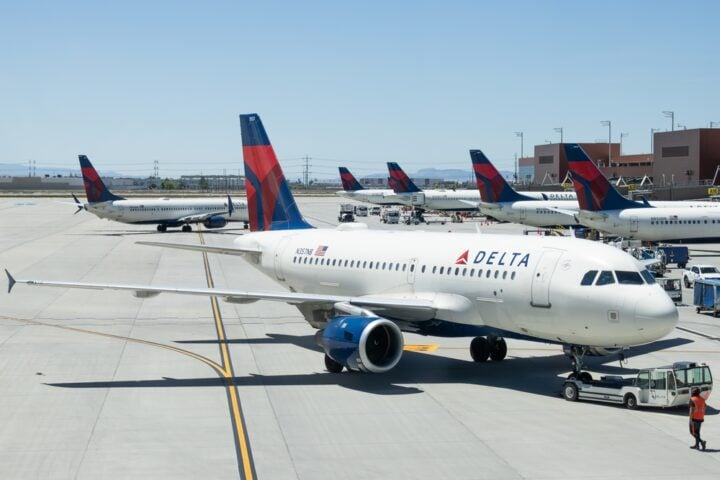Intel, once a towering force in the semiconductor world, finds itself grappling with a significant decline in market value. From a $500 billion market cap in 2000, the chipmaker is now worth a mere $90 billion, a far cry from its former glory. New CEO Lip-Bu Tan, however, is not promising a return to Intel’s past golden era. Instead, he emphasizes the need for difficult decisions and a focus on stabilizing the company amid ongoing challenges.
Struggles in a Changing Market
Intel’s current woes can be attributed to “bad execution,” according to Tan. The company has failed to keep pace with the rise of artificial intelligence (AI) chips, an area where it has been outpaced by Nvidia, which has become a giant in the AI sector. Moreover, Intel’s repeated manufacturing missteps have further hampered its position in the tech industry. Now, with tariffs playing an additional role, Intel’s executives have warned that these trade barriers could shrink its market size, particularly affecting its high-growth data-center business.
Challenges Ahead for Tan
Restoring Intel to its former heights will not be an easy task, especially in today’s turbulent economic environment. Tan’s strategy includes cutting management layers, hiring back lost talent, and rebuilding relationships with customers. Additionally, he has opened up discussions about potential collaborations with Taiwanese chip manufacturer TSMC, which outpaces Intel in capital expenditures. While Tan acknowledges that Intel has significant hurdles ahead, he is also aware of the competitive landscape that includes powerhouses like Nvidia.
Comparison with Boeing and General Electric
Intel’s struggle for a comeback is not unlike that of Boeing, which recently reported narrowing losses under new CEO Kelly Ortberg, or General Electric (GE), where Larry Culp has been credited with tripling shareholders’ money since 2018. However, there are crucial differences between Intel’s current situation and GE’s revival. Culp benefitted from post-Covid recovery in the aerospace sector, as well as the surge in AI-related energy usage. In contrast, Tan’s challenges are compounded by a global trade war and fears of an impending recession, limiting the impact of the AI boom on Intel.
Low Expectations for Intel’s Recovery
Despite the company’s struggles, Tan’s cautious approach may serve Intel well. He has made it clear that he prefers to “under-promise and over-deliver,” a mindset that aligns with Intel’s market value, which is currently back to levels not seen since 2009. Tan’s focus on stabilizing the company, rather than promising a return to its golden age, could be the key to weathering the storm. Investors, for now, are more concerned with seeing an end to Intel’s long-standing struggles than with reliving its past glory days.


